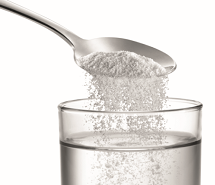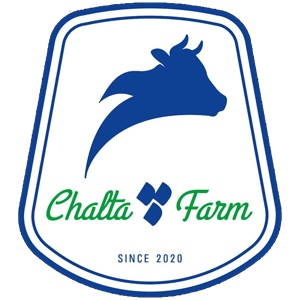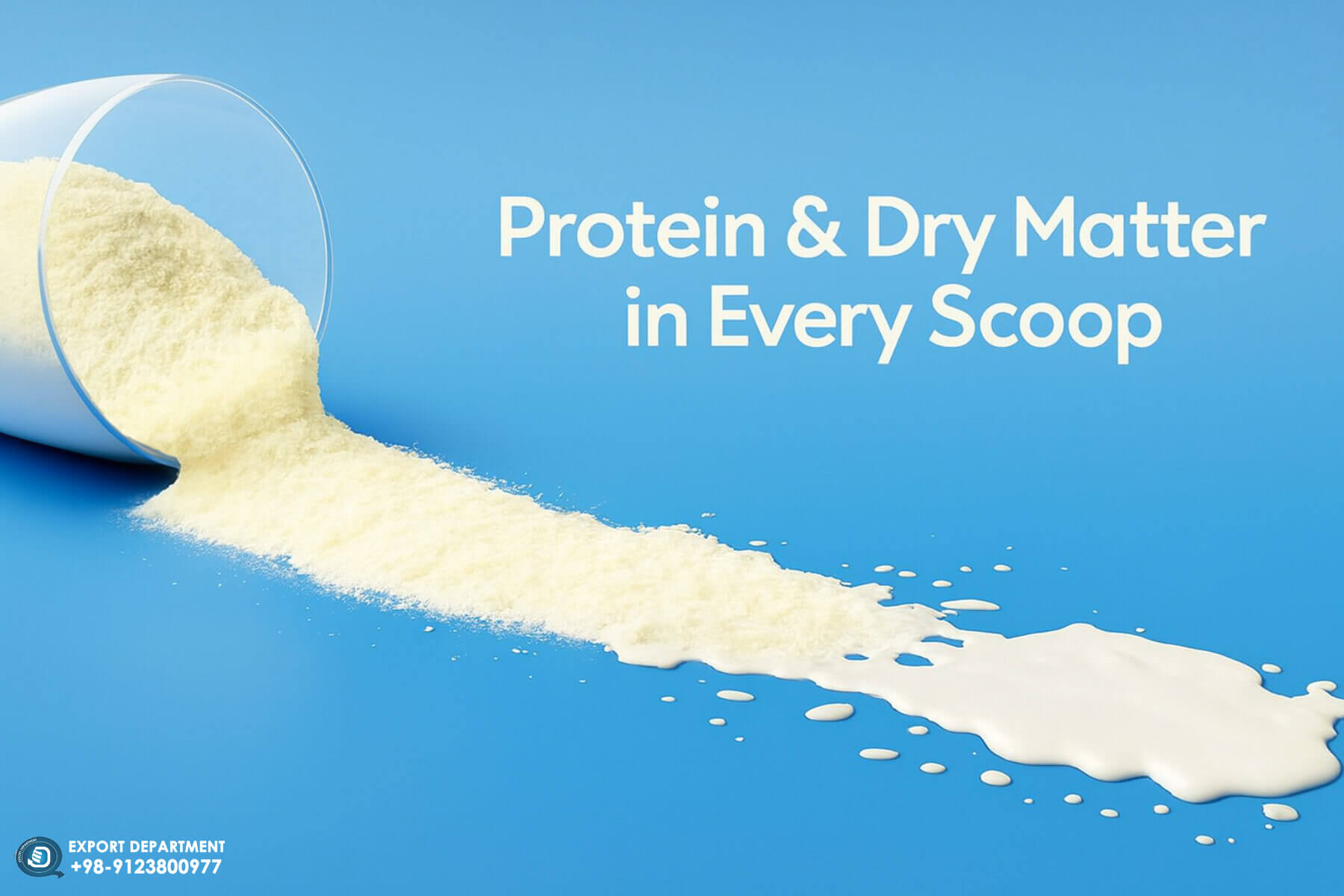Agglomerated Milk Powder Process
Regular Agglomerated Milk Powder is a soluble powder made by agglomeration technology and spray-drying fresh pasteurized milk.
 Regular Agglomerated Milk Powder is a soluble powder made by agglomeration technology and spray-drying fresh pasteurized milk. The surface stickiness of powder particles depends on the surface temperature during drying, water content, and composition (carbohydrates, fats). When the surface reaches the sticking state, collisions with other particles could lead to agglomeration depending on the velocity, force, angle, and time of contact between the powder particles. Agglomeration leads to greater incorporation of air between the powder particles. During reconstitution, this air is replaced by water and thus the agglomerates readily disperse and dissolve quickly. The flowability of all types of powders is dependent on the combined effect of primary (dispersion) and secondary structure (agglomeration).
Regular Agglomerated Milk Powder is a soluble powder made by agglomeration technology and spray-drying fresh pasteurized milk. The surface stickiness of powder particles depends on the surface temperature during drying, water content, and composition (carbohydrates, fats). When the surface reaches the sticking state, collisions with other particles could lead to agglomeration depending on the velocity, force, angle, and time of contact between the powder particles. Agglomeration leads to greater incorporation of air between the powder particles. During reconstitution, this air is replaced by water and thus the agglomerates readily disperse and dissolve quickly. The flowability of all types of powders is dependent on the combined effect of primary (dispersion) and secondary structure (agglomeration).
The powder manufacturers desire free-flowing powders and the absence of dust in such a way that it facilitates the handling of the powders. Both requirements are met by applying agglomeration of food powders. Agglomeration, in general, can be defined as a process during which primary particles are joined together so that bigger porous secondary particles (conglomerates) are formed. Agglomerates have both coarse and open structures varying from 0.1 to 3 mm. Agglomeration improves the dispersibility of the formed products that are wetted uniformly when put in either cold or hot water. Agglomeration of powder after spray-drying is used to get larger particles (50 to 80 μm in conventional to 250 to 500 μm in agglomerated powders) with a narrower size distribution in order to improve flowability and to modify particle structure (porosity) to obtain good instant properties. In a spray dryer, agglomeration can take place within the spray of an atomizer, between sprays of various atomizers, and between sprays and dry material being introduced into the drying chamber (such as by return of particles having a diameter less than 100 μm). The latter technique is often the most effective way to achieve and control agglomeration. Agglomeration of spray-dried powders is performed outside the drying chamber in a fluid bed, where the particle surface is wetted with sprayed water.
Also, Chaltafarm Agglomerated Skim Milk Powder High Heat Heat Stable (SMP HHHS) has a low moisture content, high protein content, and excellent heat stability which makes it perfect for use in a wide range of food applications.
In the agglomeration process, the surface of milk powder particles is humidified in two ways:
1. The surface of the individual dry particles is wetted due to condensation of the water vapor on the colder particles, whereby the stickiness required for the agglomeration is created. The subsequent agglomeration will take place if the particles are exposed to sufficient mechanical impact.
2. The powder particles are wetted with droplets of liquid atomized by means of a nozzle or a rotary atomizer while suspended in the air.
As the basis powder used for agglomeration is remoistened to obtain the desired surface characteristic for optimal stickiness, this additional moisture has to be evaporated again in order to reach the specified moisture content. Also, like the redrying, the cooling is performed best in a Vibro-Fluidizer. then in the next step size distribution is occurred. Usually, there is a well-defined requirement for the agglomerate size distribution of the final powder. It is therefore necessary to sift the powder. This is done in a sieve with two different net sizes placed above each other. Thus, it is possible to remove any agglomerates/lumps considered to be too big in the final product. This oversize fraction may be milled and returned to the process. This produces a clustering of the particles in loose spongy aggregates of low density (known as agglomerates/conglomerates/granulates) which flow freely and disperse readily in cold water, as water penetrates the spongy structure of these aggregates and allow them to sink and disperse.
Read More: 2024 Insights on Dairy and Milk Powder Prices, Exports, and Trade Flows
To contact the Chaltafarm dairy export department, refer to the contact section.
|
Agglomeration of Milk Powder and Its Influence on Reconstitution Properties, E. NEFF and H. A. L. MORRIS Department of: Food Technology, Massey University. |
|
hal.archives-ouvertes.fr/hal-01547541/file/Mathieu%20Person%20-%20Oral%20presentation%20EuroDrying%202017_%7BE34CC9BE-383B-435C-ADFE-759FA737D812%7D.pdf |
|
Instant Milk Powder Production: Determining the extent of agglomeration, Anna M Williams, 2007 |
|
#agglomeratedmilkpowder #chaltafarmdriedmilk |


.jpg)
.jpg)
.jpg)


.jpg)